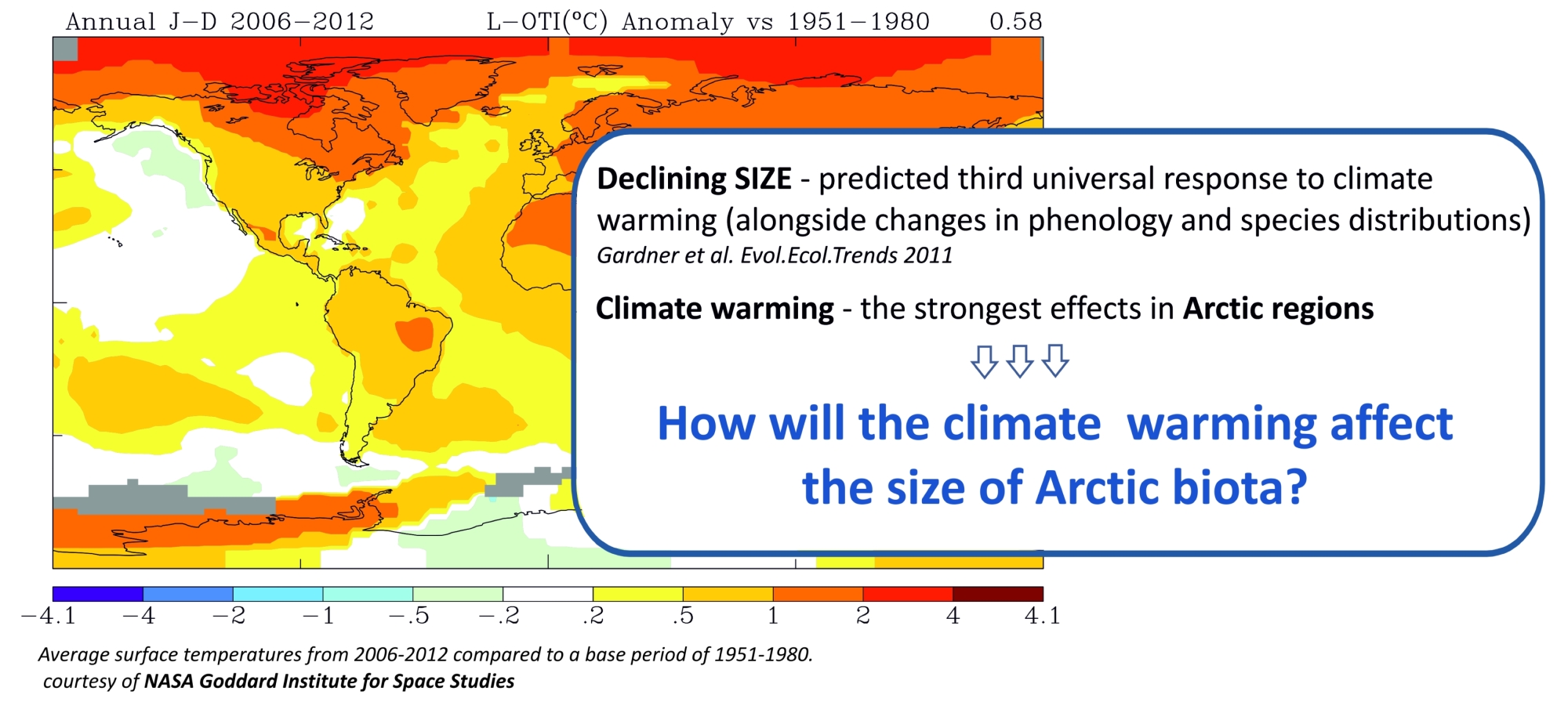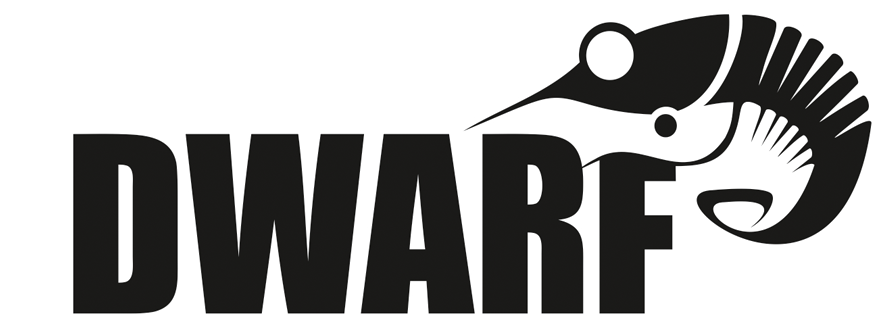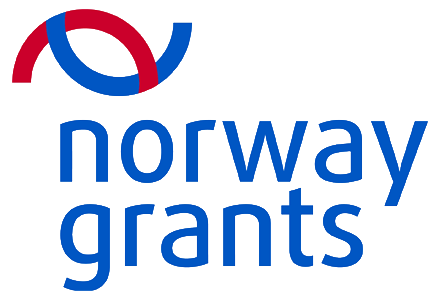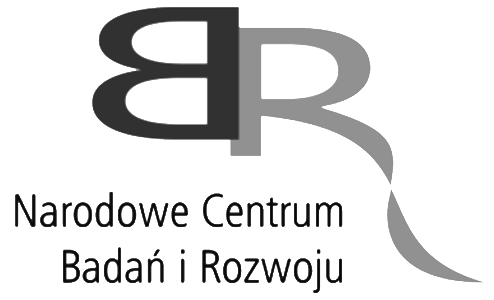|
Abstract
Objectives Methods Working plan Work packages References |
AbstractBody size is a fundamental biological unit that is closely coupled to key ecological properties and processes.Decline in organisms’ body-size has been recently predicted to be “the third universal response to global warming” (alongside changes in phenology and distribution of species) in both aquatic and terrestrial systems. The main goal of the project is to test hypothesis that elevated temperatures will induce size reductions in a large range of animals in the Arctic.This will be achieved by exploring variability of size of biological structures at different levels (genome, cell, body, population and community) in response to changing thermal regimes. The study will focus on a selected range of animal taxa (invertebrates and fish) in terrestrial, limnetic and marine habitats.Organism size changes in response to past climate changes will be documented for Foraminifera in Holocene sediments.The project will be structured along work-packages reflecting habitat and organism type, and will involve field sampling, experimental studies, body-, cell- and genome size analysis, deep sequencing of genomes for selected taxa as well as the size distributions in whole communities. Biomass size spectra in animal communities will be based on data derived from direct measurements of organisms in collected samples, and from a high-resolution Laser Optical Plankton Counter survey. Biomass size spectra will be used to assess the secondary production of studied communities.Environmental drivers of the possible climate warming impacts on biological sizes and possible effects at various organization levels, taxonomic groups and habitats will be determined. The synthesis of the data generated within the scope of this project will provide a comprehensive view of the effects of the climate change on the size, and the related consequences in functioning of terrestrial, limnetic and marine ecosystems in the Arctic. 
|





